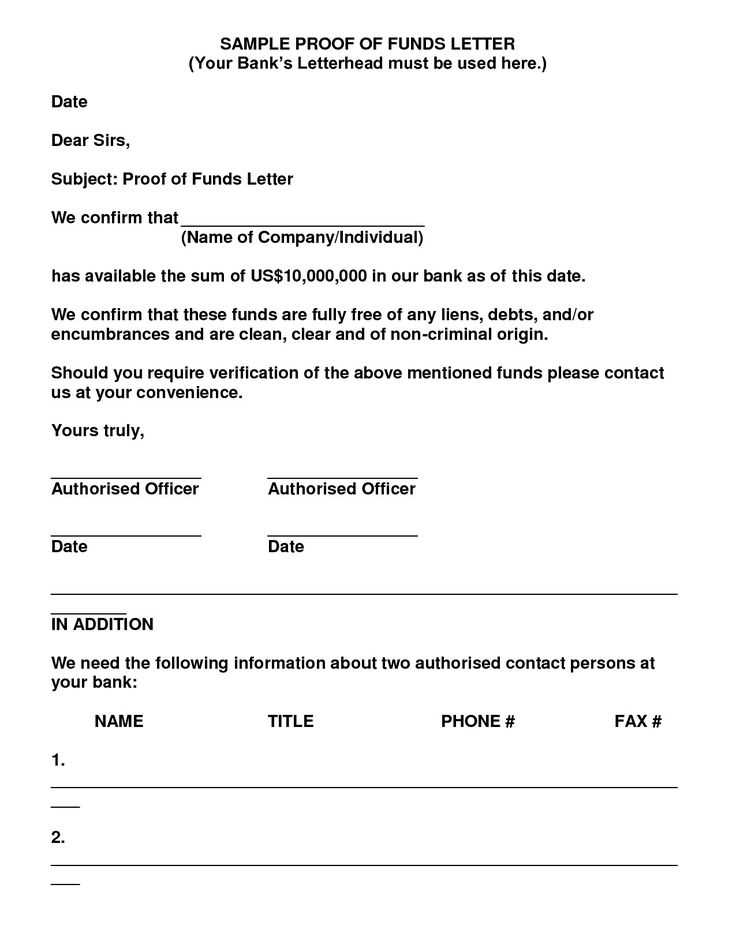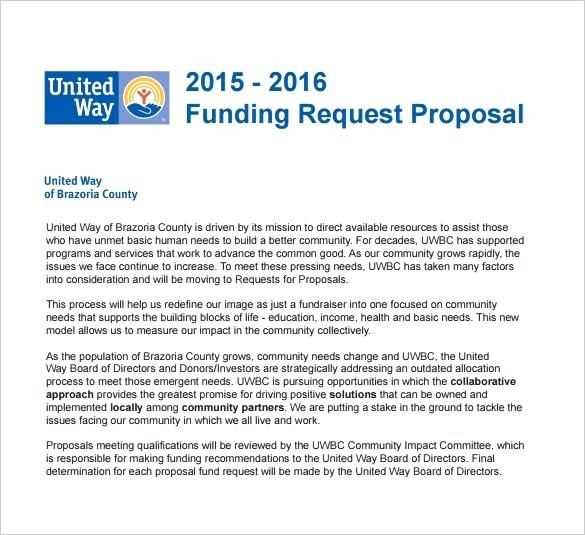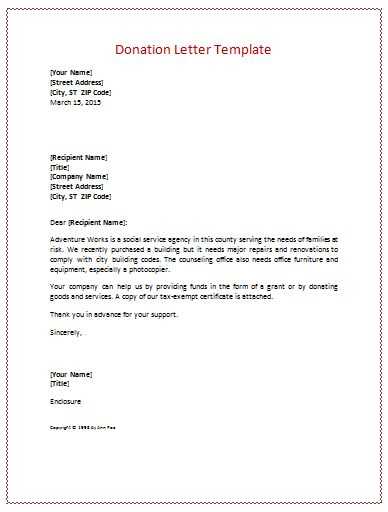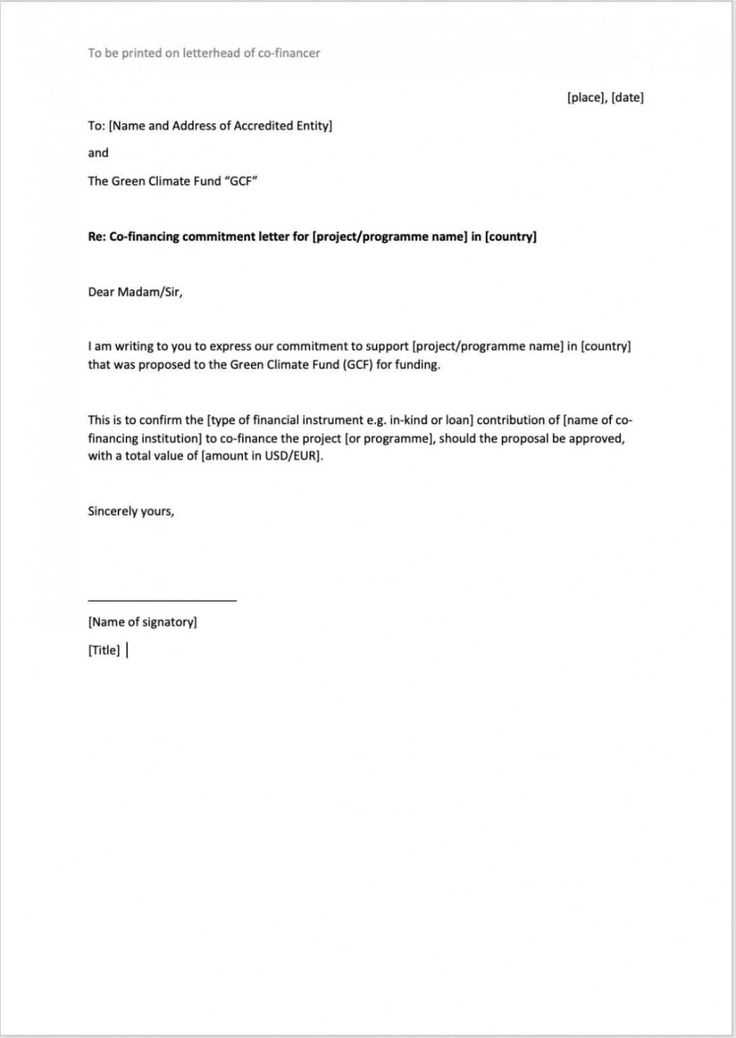Funding Request Letter Template for Effective Proposals

When seeking financial or other forms of assistance, it is essential to present your needs in a structured and persuasive manner. This involves outlining your purpose clearly, highlighting how the support will be used, and ensuring your appeal is professional and convincing. Understanding how to effectively communicate this request is key to increasing your chances of receiving the help you need.
Essential Elements to Include
Crafting an effective appeal requires certain core components that help convey your message clearly. These include:
- Introduction: Briefly introduce yourself or your organization and explain the purpose of your appeal.
- Details of the Need: Clearly describe the situation or project that requires support and why it is important.
- How the Funds Will Be Used: Explain exactly how the assistance will be allocated and managed.
- Closing: End with a clear request for help and a polite expression of gratitude.
Personalizing Your Appeal
While a standard format can provide guidance, personalizing your communication makes a significant impact. Tailor your message to the specific audience you are addressing, and show how their involvement aligns with their interests or values. A personalized approach demonstrates thoughtfulness and increases the likelihood of a positive response.
Avoiding Common Mistakes

When composing a formal appeal, it’s important to avoid certain pitfalls that could harm your credibility. These include:
- Lack of clarity: Make sure your appeal is concise and straightforward, without unnecessary jargon or ambiguity.
- Overloading with information: While details are important, too much information can overwhelm the reader. Focus on the essentials.
- Being too vague: Don’t leave the reader guessing. Be specific about your needs and how the assistance will make a difference.
Follow-Up and Next Steps

Once you’ve submitted your appeal, it’s crucial to follow up with the recipient. This shows that you are committed to your cause and respectful of their time. A polite follow-up email or phone call can remind the recipient of your request and prompt them to take action. However, ensure that your follow-up is courteous and not overly persistent.
Building Trust and Transparency

Being transparent about how the support will be used and providing updates on progress can build trust with your supporters. Offering clear communication throughout the process strengthens relationships and can lead to future assistance.
How to Structure a Support Proposal
To effectively ask for assistance, it is essential to organize your appeal in a way that highlights your needs clearly and convincingly. Structuring your communication properly can significantly increase your chances of receiving help. A well-organized message presents the details of your situation, explains the impact of the support, and makes it easy for the recipient to understand how they can contribute.
Key Elements in Writing a Request
To create a compelling proposal, several important aspects need to be included:
- Clear Introduction: Start by introducing yourself or your organization and briefly explaining the reason for your communication.
- Purpose of the Appeal: Describe the specific need or project that requires support, and provide context to make your appeal relevant.
- Usage of Support: Be specific about how the resources will be applied, ensuring transparency and accountability.
- Conclusion: Close by directly asking for assistance, expressing gratitude, and providing any necessary contact information.
Common Errors to Avoid in Proposals
Even a well-structured proposal can fail if common mistakes are made. Watch out for the following pitfalls:
- Lack of Focus: Avoid being vague or overly general. Stick to the point and make sure every detail is relevant.
- Overloading Information: While details are crucial, don’t overwhelm the reader with excessive information that may detract from the main message.
- Unclear Intent: Always make your request clear. Ambiguity can lead to confusion and potentially result in no action taken.
Tips for Creating a Persuasive Appeal
Crafting an effective appeal requires a strong, persuasive tone. To improve your chances of success:
- Be Direct: State your request upfront and ensure your message is clear.
- Provide Evidence: Demonstrate why your need is urgent or why your project will make a positive impact.
- Appeal to Shared Values: Align your request with the values and goals of the recipient to create a stronger connection.
Personalizing Your Appeal
Generic messages are less likely to resonate. Personalizing your proposal increases engagement. Address the recipient directly, reference past interactions, and show that you’ve researched their organization or goals. A tailored message demonstrates that you value their time and interest, increasing the likelihood of a positive response.
Follow-Up Approaches After Submission
After submitting your proposal, follow-up communication is essential to ensure your appeal is remembered. Be polite and patient while gently reminding the recipient of your request. A well-timed follow-up can demonstrate your commitment without being pushy.
Understanding the Effect of a Clear Appeal
A well-articulated and transparent proposal can build trust and foster a positive relationship with potential supporters. When the purpose and use of the requested assistance are clearly communicated, it leads to a higher likelihood of receiving a response and achieving your goal.